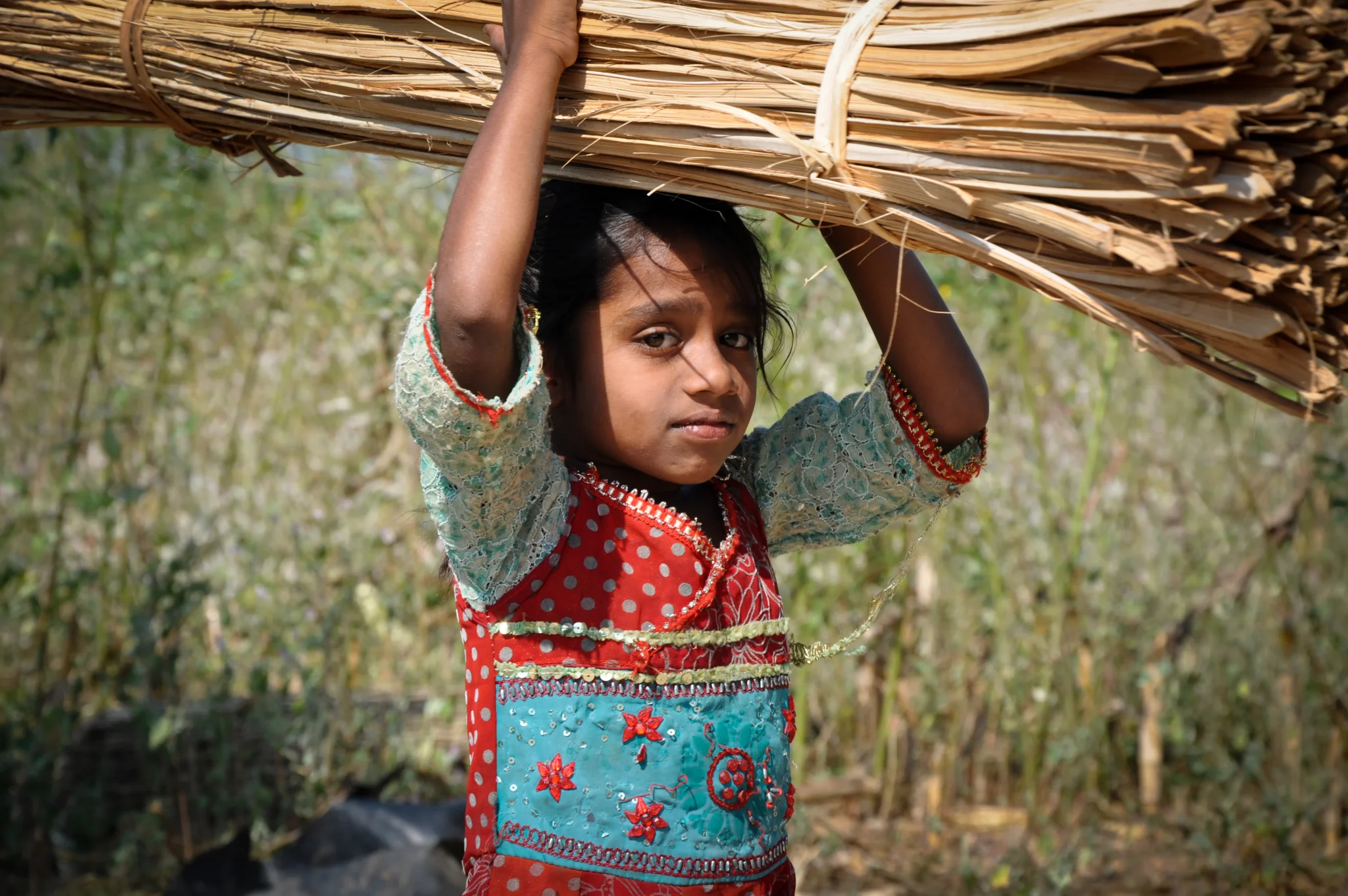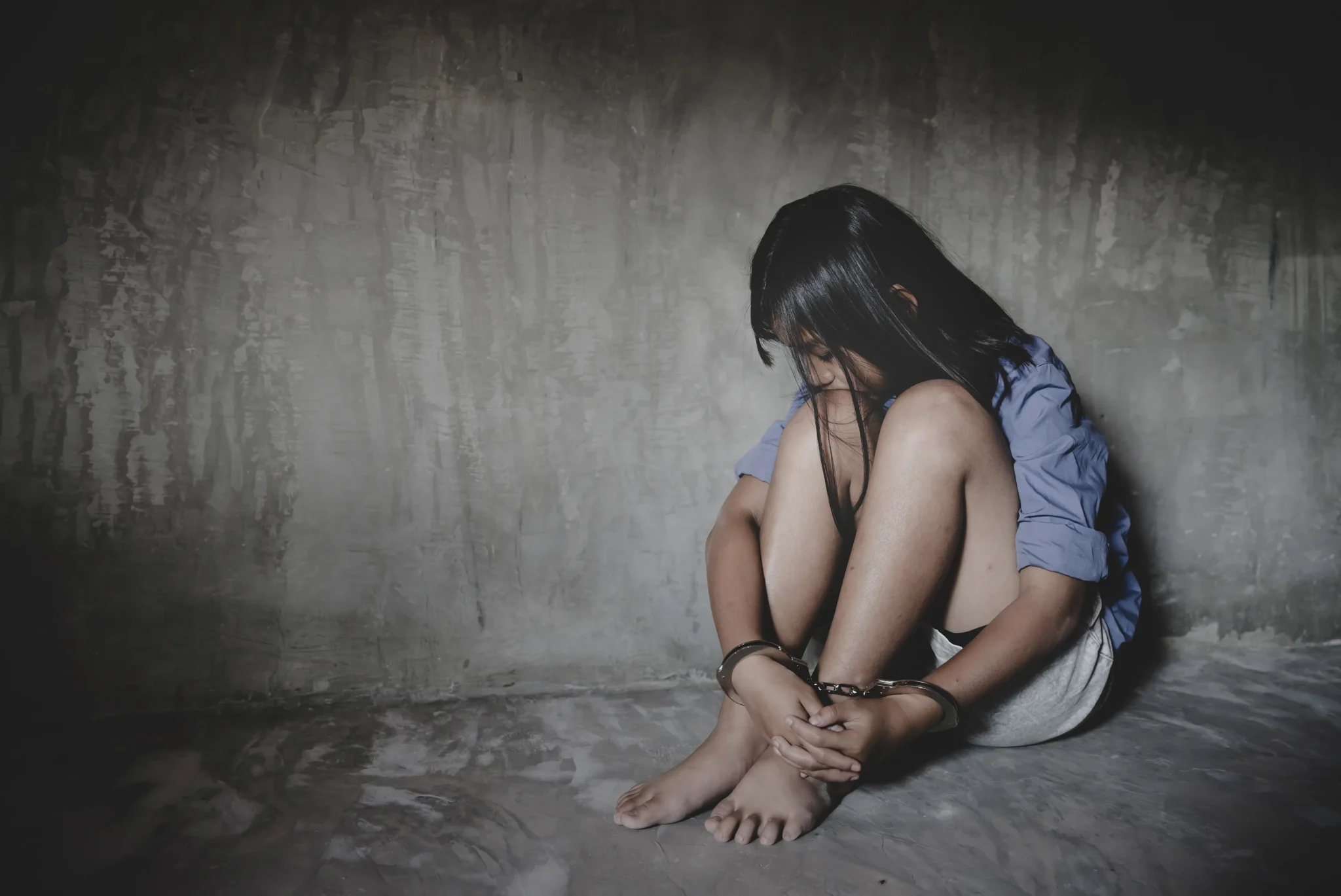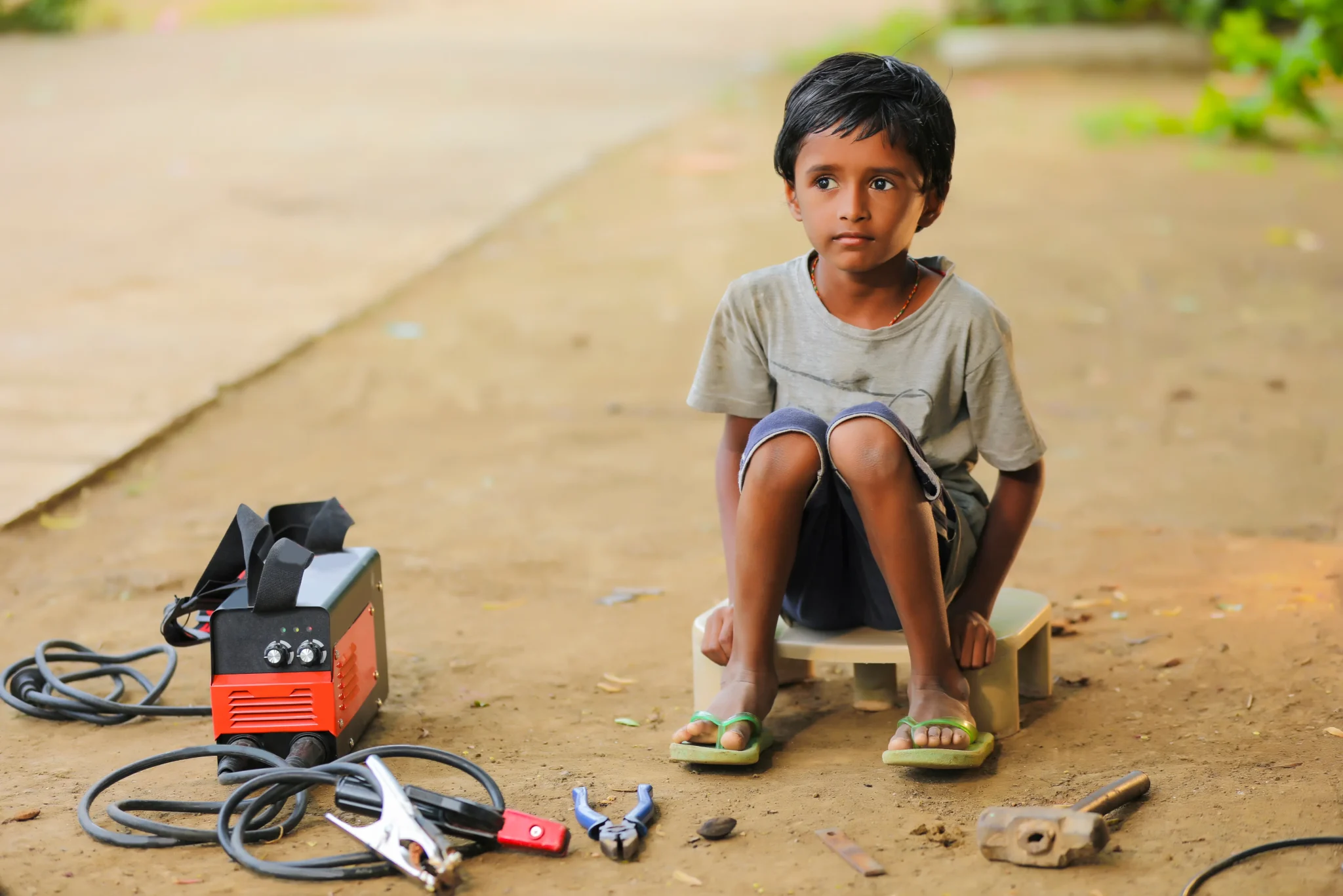Modern Slavery
Modern Slavery
49.6 Million people in modern slavery worldwide
Modern slavery refers to situations of exploitation that a person cannot refuse or leave because of threats, violence, deception, abuse of power, or coercion.Defination
According to Anti-Slavery International, the definition of modern slavery is when an individual is exploited by others, for personal or commercial gain. Whether tricked, coerced, or forced, they lose their freedom. This includes but is not limited to human trafficking, forced labour and debt bondage.
Modern Slavery Facts
As per the most recent Global Estimates of Modern Slavery (2022) published by the International Organization for Migration, the International Labour Organization, and Walk Free:
- 49.6 million people are victims of modern slavery, which includes forced marriage and forced labour.
- Children make up about 25% of all victims of contemporary slavery.
- There are 22 million forced marriages worldwide. Of these individuals, two out of five were children.
- Of the 27.6 million individuals ensnared in forced labour, 17.3 million are used for forced labour in the private sector, 6.3 million are exploited for commercial sex, and nearly 4 million are in forced labour imposed by state authorities.
- Migrant workers are particularly vulnerable to forced labour.
Types of exploitation
Sexual exploitation, forced labour, domestic servitude, criminal exploitation, and forced marriage are examples of modern slavery, in which people are tricked, forced, or manipulated for their own financial or personal benefit. Vulnerable individuals are frequently the targets of these forms, which deprive them of their freedom and autonomy.
Exploitation of sexuality
Women and girls make up the majority of those who are duped or coerced into the sex trade. It frequently starts with an older male in another area or nation promising wonderful work in modelling or hospitality, or a “boyfriend” is in charge.
Domestic work
A less prevalent kind of contemporary slavery is when someone is compelled to work for little or no compensation as a cook, housekeeper, or childcare provider, frequently sharing a home with their “employer” and being denied the freedom to live their own life.
Exploitation by criminals
Victims are coerced into growing or transporting narcotics, used for fraud, forced to pickpocket or shoplift, or forced to beg on the streets. Another control mechanism is the threat of being reported.
Forced marriage
It is estimated that around 22 million people, almost all of whom were women and girls, were coerced into an unconsented marriage, frequently to an older man in a different area or nation.
What is the population of modern slavery?
Although it is a crime that goes unreported, the most accurate estimates place the number of individuals in modern slavery at 49.6 million, including:
- 19.9 million people are either criminally exploited or coerced to work for private or state-run businesses.
- In private homes, 1.4 million people are subjected to domestic servitude.
- 6.3 million individuals, including 1.7 million minors, are victims of forced sexual exploitation.
- 21.9 million people were forced into marriages against their will.
How do traffickers maintain control over their victims?
People are tricked or forced into exploitation and kept there through violence, fraud or coercion, and often end up living and working in abominable conditions.
Some are beaten and abused; others have threats made against their families in their home countries. Many are forced into fraudulent ‘debt bondage’, with their wages kept by a trafficker to pay non-existent bills for their travel, accommodation or food. They are told they will be deported if they go to the authorities.
Often, the trafficker takes control of a victim’s identity documents (e.g. passport). They accompany them to open a bank account, then take control of its associated bank card and correspondence (this functions both as a simple way for the trafficker to control the victim’s earnings, and a way for them to exert dominance and control by offering occasional small sums of money from what should be the victim’s own wages).
Risk factors for trafficking
Anyone from any walk of life can be targeted and can end up as a victim of modern slavery. But people experiencing any of the following things can be at particular risk:
- Homelessness
- Alcohol or drug addiction
- Mental health problems
- Chaotic home environment or recent family breakdown
- Long-term unemployment
- Learning difficulties
- Debts or criminal convictions
- Fearful of deportation or being discovered by authorities
- Physical injuries or disabilities
Why don’t victims run away?
The relationship between someone experiencing modern slavery and the person or group controlling them is complex. It is rare for the control to be based on physical confinement like locked doors or shackles. Instead, victims are exploited through manipulation, fear, dependency, threats or debt bondage.
This means that during the time they are actually in exploitation, few people think of themselves as being a ‘victim’. They often describe feeling hopeless or having no options, or even feel a sense of obligation towards those who trafficked them. They do not understand their situation as being one that they could run away from or escape from.
For many, it is only once they get long-term help from a specialist organisation like Hope for Justice that they understand the extent of the exploitation and that a different life is possible, with the right support.
Modern Slavery: The Most-Afflicted Countries
Modern slavery affects millions globally, involving forced labor, child exploitation, trafficking, and systemic corruption in economically challenged regions.




